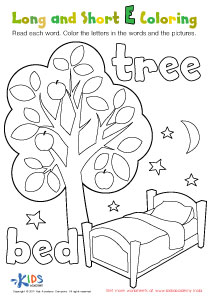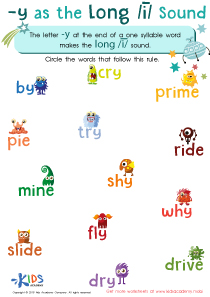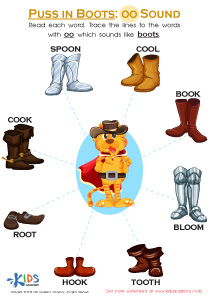Normal Vowel Digraphs Worksheets for Ages 3-8
3 filtered results
-
From - To
Introduce your young learners to the magic of blended sounds with our engaging Vowel Digraphs Worksheets for ages 3-8. Designed to enhance early reading skills, these worksheets cover common vowel digraphs such as "ai," "ea," "oo," and more. By focusing on these essential phonetic combinations, children will develop a better understanding of word formation and pronunciation. Our colorful and interactive activities keep kids entertained while they learn, making education a fun and enjoyable experience. Ideal for both classroom settings and at-home practice, these worksheets set a strong foundation for literacy. Discover the world of vowel digraphs today!
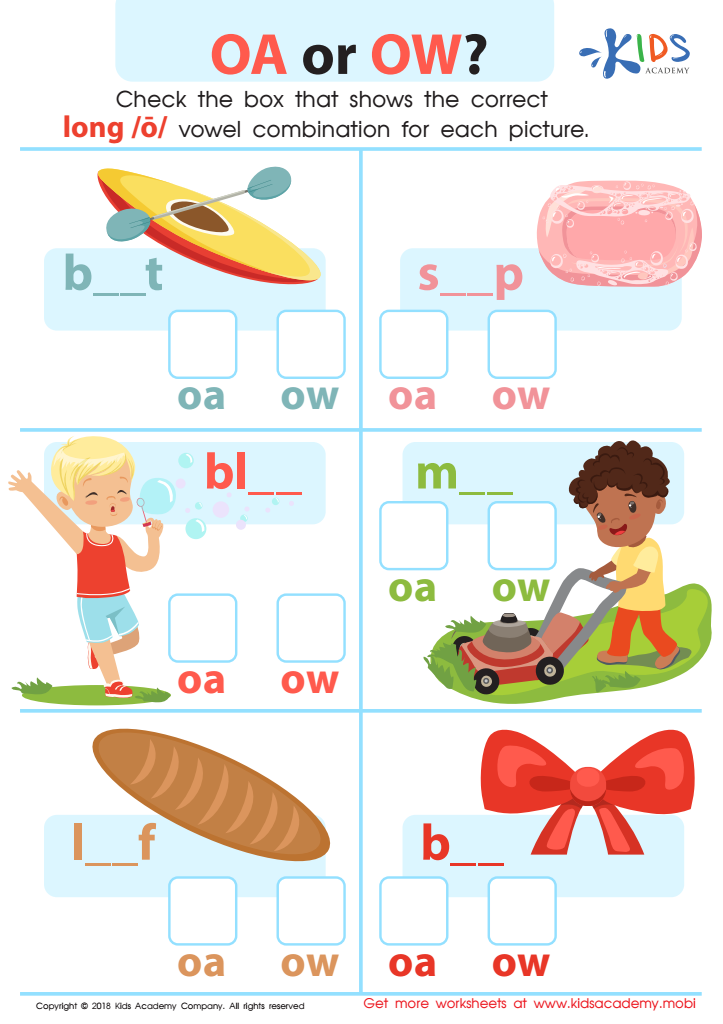

Reading: OA or OW Worksheet
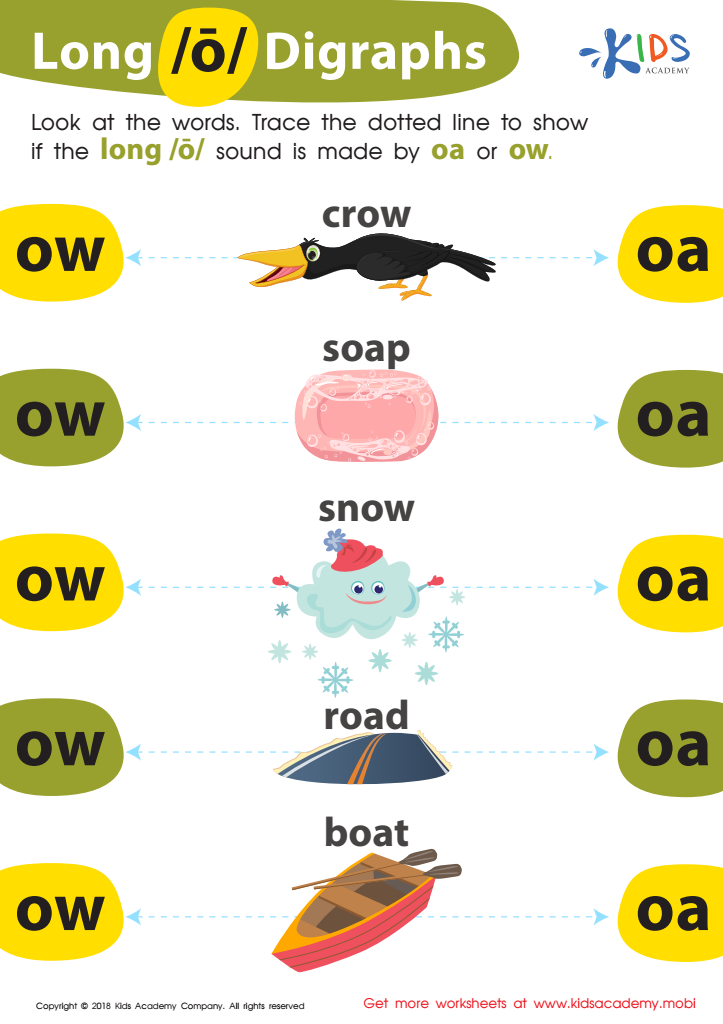

Reading: Long O Digraphs Worksheet
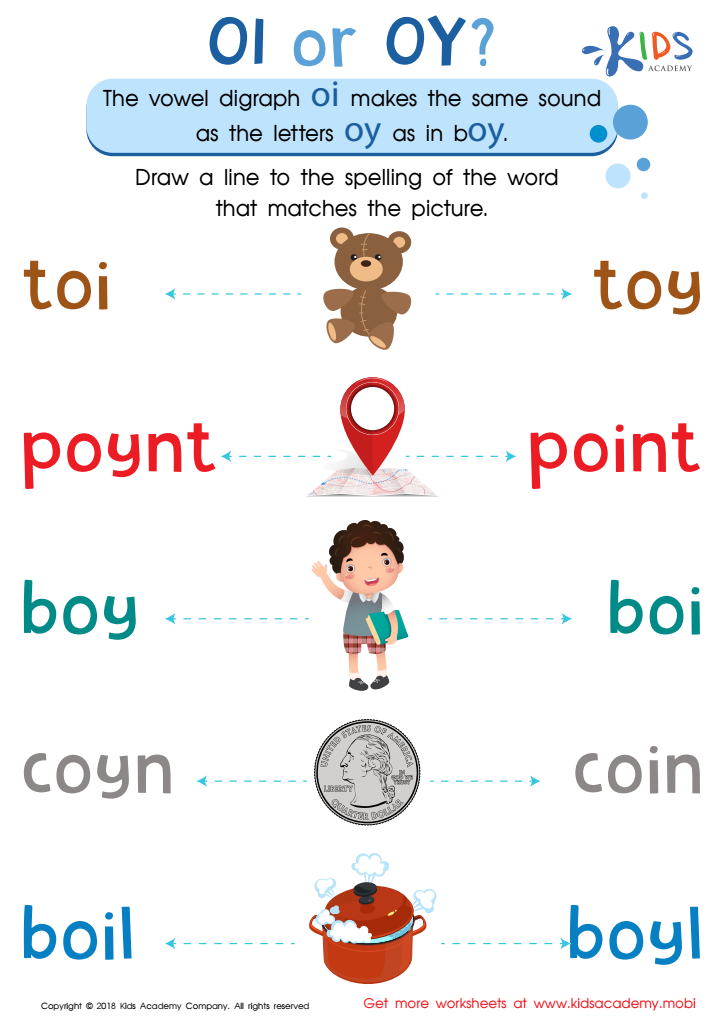

Reading: OI and OY Worksheet
Normal vowel digraphs, which consist of two vowels that blend together to create a single sound (such as "ea" in "leaf" or "ai" in "rain"), are a foundational element in early literacy. Understanding and mastering these vowel combinations is crucial for young learners, aged 3-8, as it significantly impacts their ability to read and write effectively.
First, vowel digraphs play a critical role in phonemic awareness, which is the ability to hear, identify, and manipulate individual sounds in words. This skill is a key predictor of successful reading development. When children recognize vowel digraphs, they can decode more words, improving their reading fluency and comprehension.
Second, familiarity with vowel digraphs expands a child's vocabulary. Young learners encounter many frequently used words that contain these digraphs. Knowing how to pronounce and spell words like "read," "rain," or "boat" can help children understand more texts and enhance their language abilities.
Finally, early mastery of vowel digraphs boosts a child's confidence. As they decode and spell words accurately, they build a positive association with reading and writing, setting a strong foundation for lifelong literacy learning. Therefore, parents and teachers should prioritize the instruction of normal vowel digraphs to support the overall linguistic and cognitive development of young children.

 Assign to the classroom
Assign to the classroom


